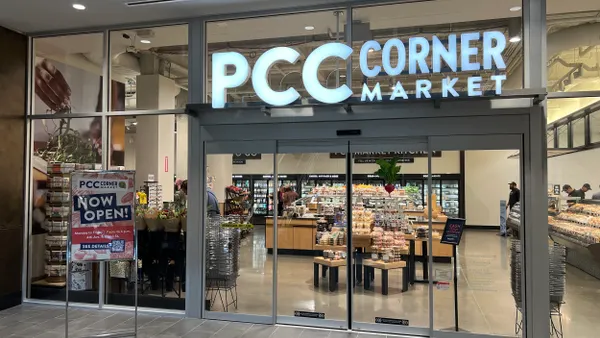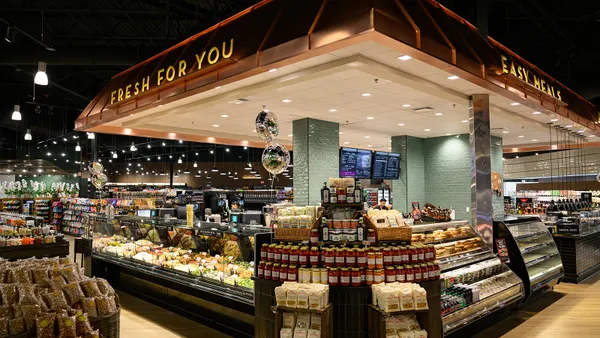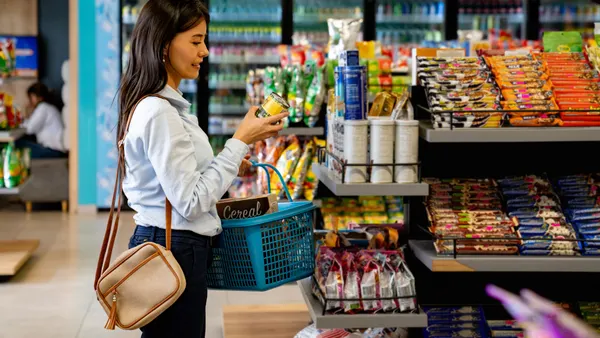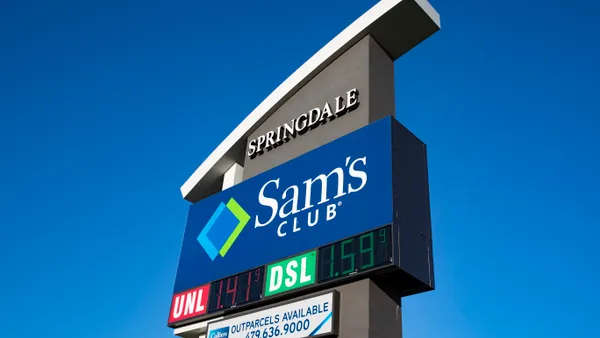Dive Brief:
- Subway is working with Broad Street Licensing Group, a global brand licensing agency, as it looks to expand beyond its own retail and bring branded licensed products to grocery stores, according to a press release.
- The move comes after the sandwich chain pivoted early in the pandemic and launched Subway Grocery. Since April, the program has expanded from more than 250 locations across five states to more than 1,500 locations in 34 states and Washington, D.C.
- Subway’s planned foray into the broader retail landscape comes at a time when the lines between the restaurant and grocery industries are blurring as both are angling for diner dollars during the novel coronavirus pandemic.
Dive Insight:
With grocery and convenience stores leading sales in grab-and-go items, according to a consumer survey done in late 2019 and early 2020 by consulting firm Mattson, branching into new retail spaces may unlock new customers for restaurants, while providing food retailers with a recognizable brand to boost shopper loyalty.
Subway’s latest partnership follows its expanding efforts to wade further into the grocery space, a strategy employed by both restaurant chains and independents during the pandemic as foot traffic is stunted from dining room restrictions. Last spring during the first wave of the pandemic, Subway jumped into grocery delivery and pickup, selling bread, meat, egg patties, cheese, vegetables, frozen soups, cookies and chips and other items. Panera Bread launched a similar grocery option around the same time.
For grocers, having well-known brands on their shelves, especially in the grab-and-go sections, could increase shopper loyalty and draw more sales. It is also filling demand for more prepared meal options as restaurants across the country remain closed or hampered from coronavirus regulations in their cities. According to the Mattson study, the majority of the survey’s participants bought grab-and-go items multiple times a week, with 40% saying they bought items two to three times and 23% buying four to five items per week.
By providing prepared and packaged items from familiar brands, grocers can help make the selection process faster and more convenient for shoppers. Schnuck Markets and Hy-Vee, for example, are some of the grocers that have partnered with local restaurants to sell their meals in the prepared foods and grab-and-go sections.
As grocers and restaurants turn toward collaborating — and away from competing — with each other, chains may see a financial boost with licensing their brands with an average 1% to 2% increase in same-store sales in markets where the product is sold, according to brand licensing agency Global Icons.











